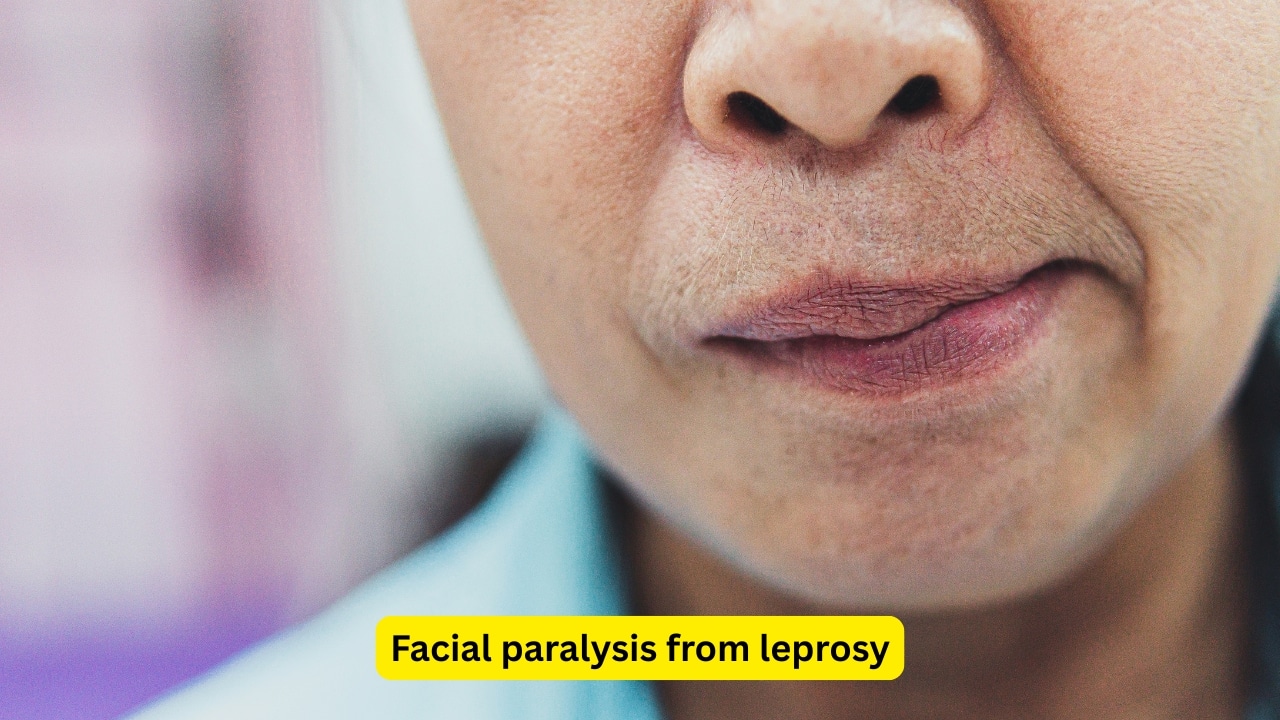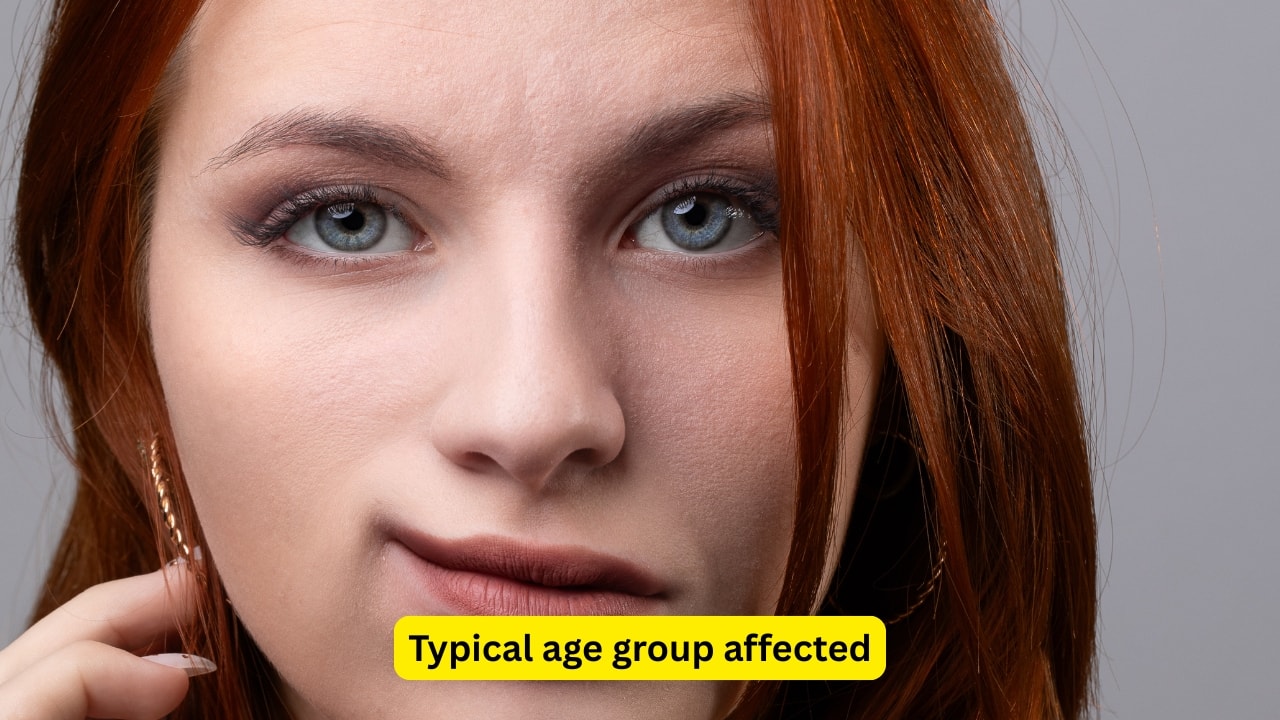Sudden facial weakness? Everything to know about facial nerve palsy: Causes, symptoms, and management
Facial nerve palsy, also called facial paralysis, affects one or both sides of the face. Causes include stroke, tumors, diabetes, leprosy, multiple sclerosis, and Bell’s palsy. Symptoms include facial drooping, numbness, drooling, hyperacusis, and reduced tear or saliva production. Diagnosis is mainly clinical, with treatment involving eye care, steroids, and antivirals.
1/10

Facial nerve overview
The seventh cranial nerve is known as the facial nerve, and it is a mixed nerve (having both motor and sensory function). It is responsible for controlling your facial expressions and the taste sensations. It is one of the twelve cranial nerves, and it also aids in some salivary glands’ secretions.(Image : Canva)
The seventh cranial nerve is known as the facial nerve, and it is a mixed nerve (having both motor and sensory function). It is responsible for controlling your facial expressions and the taste sensations. It is one of the twelve cranial nerves, and it also aids in some salivary glands’ secretions.(Image : Canva)
2/10

What is facial palsy
A palsy is a condition that is characterised by weakness or paralysis, along with a loss of control over one’s muscles. This is determined by which nerve is affected. Facial nerve palsy, also called facial paralysis, can affect either one or both sides of the face.(Image : Canva)
A palsy is a condition that is characterised by weakness or paralysis, along with a loss of control over one’s muscles. This is determined by which nerve is affected. Facial nerve palsy, also called facial paralysis, can affect either one or both sides of the face.(Image : Canva)
3/10

Common causes of facial palsy
Facial palsy may occur due to a number of reasons, like stroke or tumours. It can also develop because of conditions like multiple sclerosis, a disease in which the immune system begins damaging the protective covering of the nerves. It commonly affects the brain and the spinal cord.(Image : Canva)
Facial palsy may occur due to a number of reasons, like stroke or tumours. It can also develop because of conditions like multiple sclerosis, a disease in which the immune system begins damaging the protective covering of the nerves. It commonly affects the brain and the spinal cord.(Image : Canva)
4/10

Influence of diabetes mellitus
A history of diabetes mellitus may influence the development of facial nerve palsy. This happens because diabetes may make a person more prone to nerve damage and degeneration, and it often leads to paralysis of both sides of the face. Nerve damage may be due to insufficiency of the microcirculation to nerves.(Image : Canva)
A history of diabetes mellitus may influence the development of facial nerve palsy. This happens because diabetes may make a person more prone to nerve damage and degeneration, and it often leads to paralysis of both sides of the face. Nerve damage may be due to insufficiency of the microcirculation to nerves.(Image : Canva)
5/10

Facial paralysis from leprosy
Leprosy can also lead to facial paralysis. Leprosy is caused by a microorganism called Mycobacterium leprae, which can often damage nerves. The severity may vary from mild weakness to complete paralysis of either one or both sides of the face. Leprosy may influence damage in the eyes as well.(Image : Canva)
Leprosy can also lead to facial paralysis. Leprosy is caused by a microorganism called Mycobacterium leprae, which can often damage nerves. The severity may vary from mild weakness to complete paralysis of either one or both sides of the face. Leprosy may influence damage in the eyes as well.(Image : Canva)
6/10

Bell’s palsy overview
One of the most common forms of facial paralysis on one side of the face is Bell’s palsy. The main cause has been found to be latent herpes viruses (previous infection with herpes simplex virus type 1 or herpes zoster virus). These latent viruses may get reactivated, and cause swelling of the nerve.(Image : Canva)
One of the most common forms of facial paralysis on one side of the face is Bell’s palsy. The main cause has been found to be latent herpes viruses (previous infection with herpes simplex virus type 1 or herpes zoster virus). These latent viruses may get reactivated, and cause swelling of the nerve.(Image : Canva)
7/10

Typical age group affected
Bell’s palsy is more common in the age group of fifteen to forty-five years, but there is no gender difference. The onset of symptoms is often abrupt, and pain around the ear is a usual complaint of people with Bell’s palsy. A history of exposure to cold may be elicited.(Image : Canva)
Bell’s palsy is more common in the age group of fifteen to forty-five years, but there is no gender difference. The onset of symptoms is often abrupt, and pain around the ear is a usual complaint of people with Bell’s palsy. A history of exposure to cold may be elicited.(Image : Canva)
8/10

Symptoms of facial nerve palsy
The face feels numb in people who have developed Bell’s palsy. Hyperacusis (causes everyday sounds to seem painful or unbearably loud) is also seen. There is a reduction in the production of tears and saliva, and a feeling of fullness in the ear is present as well.(Image : Canva)
The face feels numb in people who have developed Bell’s palsy. Hyperacusis (causes everyday sounds to seem painful or unbearably loud) is also seen. There is a reduction in the production of tears and saliva, and a feeling of fullness in the ear is present as well.(Image : Canva)
9/10

Visible facial weakness signs
There is drooping at the corner of the mouth, and a thinning of creases. Drooling of saliva from the corner of the mouth is observed in people with facial nerve paralysis. Frowning becomes difficult as well, and the affected individual is not able to close the eyes.(Image : Canva)
There is drooping at the corner of the mouth, and a thinning of creases. Drooling of saliva from the corner of the mouth is observed in people with facial nerve paralysis. Frowning becomes difficult as well, and the affected individual is not able to close the eyes.(Image : Canva)
10/10

Diagnosis and treatment options
There are no confirmatory diagnostic tests for this condition, and the diagnosis is mainly clinical. An MRI, however, may show some swelling of the nerve in some cases. As the person is not able to blink, the cornea may get affected as well. Lubricating eye drops may be required for this. Some steroids and anti-viral therapy may be recommended.(Image : Canva)
Disclaimer: This article, including health and fitness advice, only provides generic information. Don’t treat it as a substitute for qualified medical opinion. Always consult a specialist for specific health diagnosis
There are no confirmatory diagnostic tests for this condition, and the diagnosis is mainly clinical. An MRI, however, may show some swelling of the nerve in some cases. As the person is not able to blink, the cornea may get affected as well. Lubricating eye drops may be required for this. Some steroids and anti-viral therapy may be recommended.(Image : Canva)
Disclaimer: This article, including health and fitness advice, only provides generic information. Don’t treat it as a substitute for qualified medical opinion. Always consult a specialist for specific health diagnosis
Discover the latest Business News, Budget 2025 News, Sensex, and Nifty updates. Obtain Personal Finance insights, tax queries, and expert opinions on Moneycontrol or download the Moneycontrol App to stay updated!






